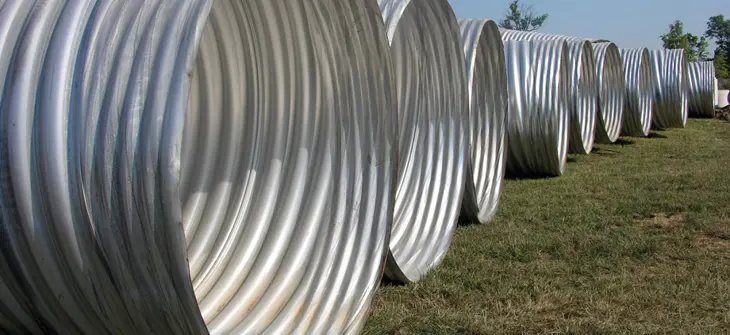
Back to the Basics of Proper Pipe Installation
The Importance of Proper Pipe Installation
The notion of bolstering safety factors in pipe design to compensate for subpar installation practices is a complex issue with various considerations. The effectiveness of buried flexible metal and plastic pipe systems hinges on a synergy between pipe strength and the surrounding soil support. Design procedures already integrate safety factors, emphasizing the vital role of proper installation in ensuring performance. Relying solely on increased pipe wall strength in design won't mitigate poor installation practices.
Critical factors for proper buried pipe installation encompass the quality of backfill material and its methodical placement and compaction. Educating installation teams on correct backfill usage, lift thickness, balanced placement, equipment choice, and compaction density is pivotal for long-term performance. While on-site soils might suffice, their properties must be assessed and approved by engineers for backfill use.
Precise placement of backfill, especially for multiple closely spaced pipes, is crucial to prevent distortion. Neglecting proper backfill installation not only impacts pipe performance but also jeopardizes the stability of surface structures like roadways or parking lots above the pipes. Both flexible and rigid pipe systems rely on sound surrounding and underlying soil conditions; substandard foundations can lead to settlement and potential pipe displacement.
Maintaining adequate cover over the pipes, tailored to different load requirements (such as construction traffic), is essential. This cover needs to be well-constructed, compacted, and maintained to ensure protection from live loads and ensure a level, rut-free surface.
Industry standards from bodies like AASHTO, ASTM, and pipe manufacturers offer guidelines for proper installation, crucial for project specifications. Training installation crews in these standards is fundamental; neglecting this aspect undermines the integrity of pipe design and invites potential issues.
